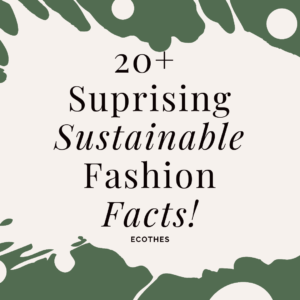You may have seen Jute used in products such as rugs and bags, but, what exactly is it?
In this guide we are going to answer those questions, and tell you everything else you need to know.
We’ll cover where the material comes from, whether or not it’s a sustainable material, and highlight a few common uses for jute.
Let’s jump in.
What is Jute?
Jute is one of the most popular, versatile, and natural materials worldwide. Commonly known as the ‘Golden fibre‘, Jute, refers to the natural, long and soft fibers that are extracted from the bark of the Corchorus plant. The plant grows up to 4 meters tall, with a cylinder stem with a diameter between 2-3cm.
The plant has many different variations (up to 100 species), with the Corchorus olitorius and Corchorus capsularis being the most commonly cultivated plant for Jute production.

What is Jute made from?

Jute is made from fibers from the Corchorus plant. These fibers are extracted from the plant, most commonly by retting.
Retting is a completely natural production method where the plant is cut, arranged in bunches, and submerged in water in retting pools. This is often done in ponds known as retting pools. This process allows natural microorganisms to break down the outer parts of the plant, leaving the strong, flexible fibers behind.
These fibers are then hung out to dry (as shown in the picture). Once dried, the fibers can be spun into durable threads and weaved into products we can enjoy.
Where is Jute produced?
Jute is cultivated in subtropical regions of the world, with the largest producer of Jute being India, with over 2 million tonnes of natural jute being produced every year.
Closely behind India, are Pakistan and Bangladesh, which are both large cultivators of Jute.
Is Jute Eco Friendly?
Jute is considered one of the most environmentally friendly materials available. Here are just some key eco-friendly properties of Jute:
- It is a fully natural material and is 100% biodegradable.
- Jute is a rain-fed crop, which means virtually no need for harmful fertilizers and pesticides to grow. The use of pesticides and fertilizers can leech into the ground, contaminating groundwater and polluting the earth.
- Jute plants absorb thousands of tonnes of CO2 from the atmosphere every year.
- It’s a natural fertilizer: the cultivation of the crop replenishes valuable nutrients back into the soil.
Jute is the second most popular natural fiber behind cotton. Virgin cotton is environmentally intense to grow and process, making Jute a more environmentally friendly option.

What Products are made from Jute?
The strong, flexible fibers of Jute fabric makes it perfect for weaving,and crafting into the following popular products:
- Jute Rugs
- Jute Bags and Sacks
- Jute twine and rope
- Paper
- Curtains
Where to buy Jute products?
There are many places to buy products made from Jute. As always, it is good to do research to ensure your product has been produced ethically and sustainably.
If you are looking for Jute rugs, we have featured a number of brands producing Jute rugs in our guide to non-toxic rugs, which you can check out here.
Wrapping Up – What is Jute?
Overall, Jute is a versatile material that doesn’t cause major environmental problems during the growing or production process. It’s ideal for home products like rugs and curtains, but durable enough to be used for bags.
If you are looking to research other eco-friendly and sustainable materials, check out our guide to TENCEL.
If you have any further questions on Jute, or if you enjoyed the article please let us know in the comments below!
References: The Impacts of Jute on Environment: An Analytical Review of Bangladesh (2012), Mohammad. Shahidul Islam, Sheikh Kamal Ahmed, Journal of Environment and Earth Science https://core.ac.uk/reader/234662946.
Market developments for jute fibre and jute goods (1984) H. Clemens and H.P. Smit, https://core.ac.uk/display/15453370?recSetID=



